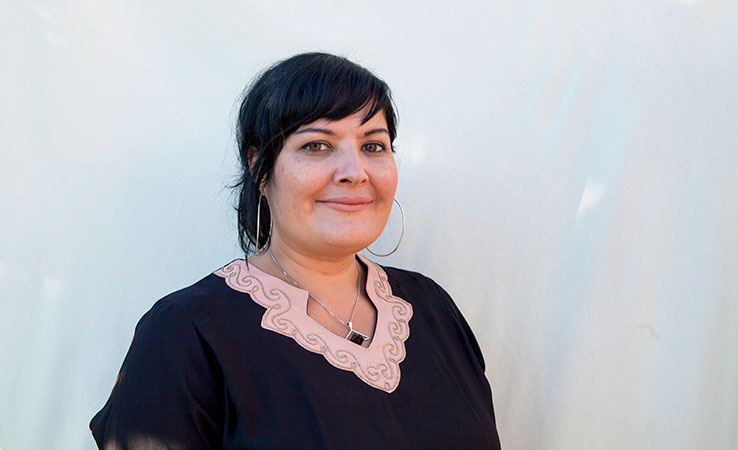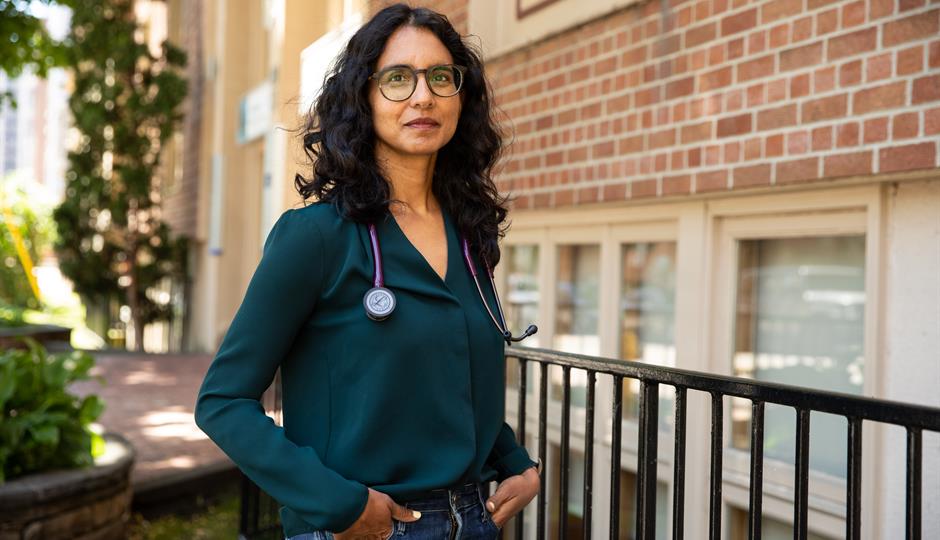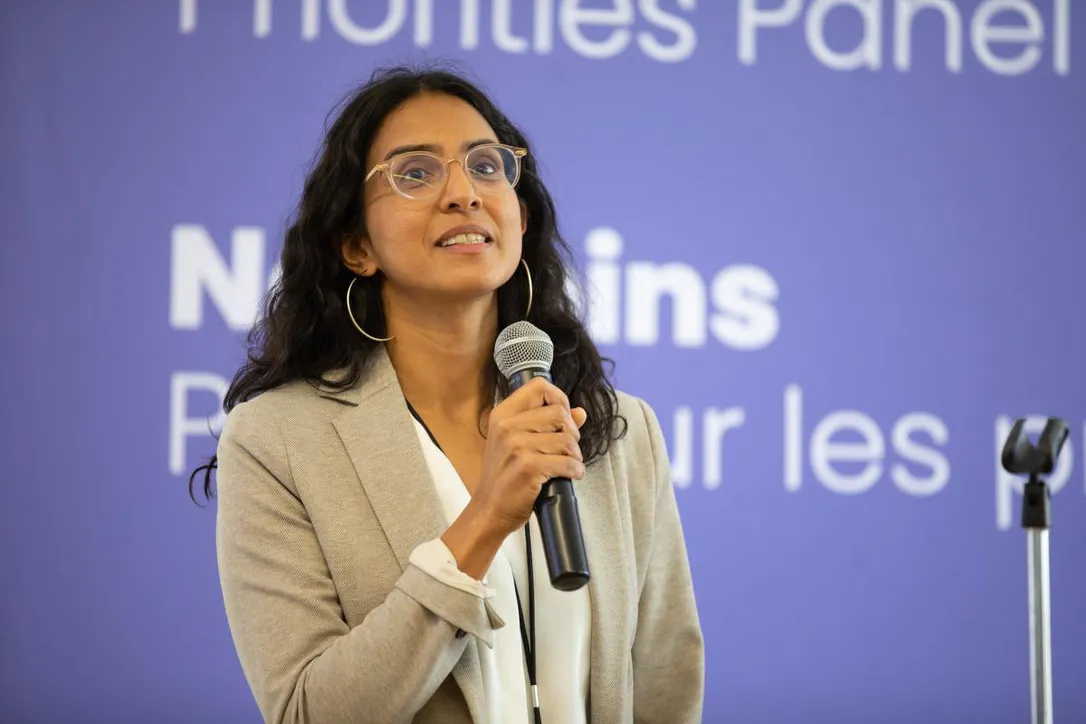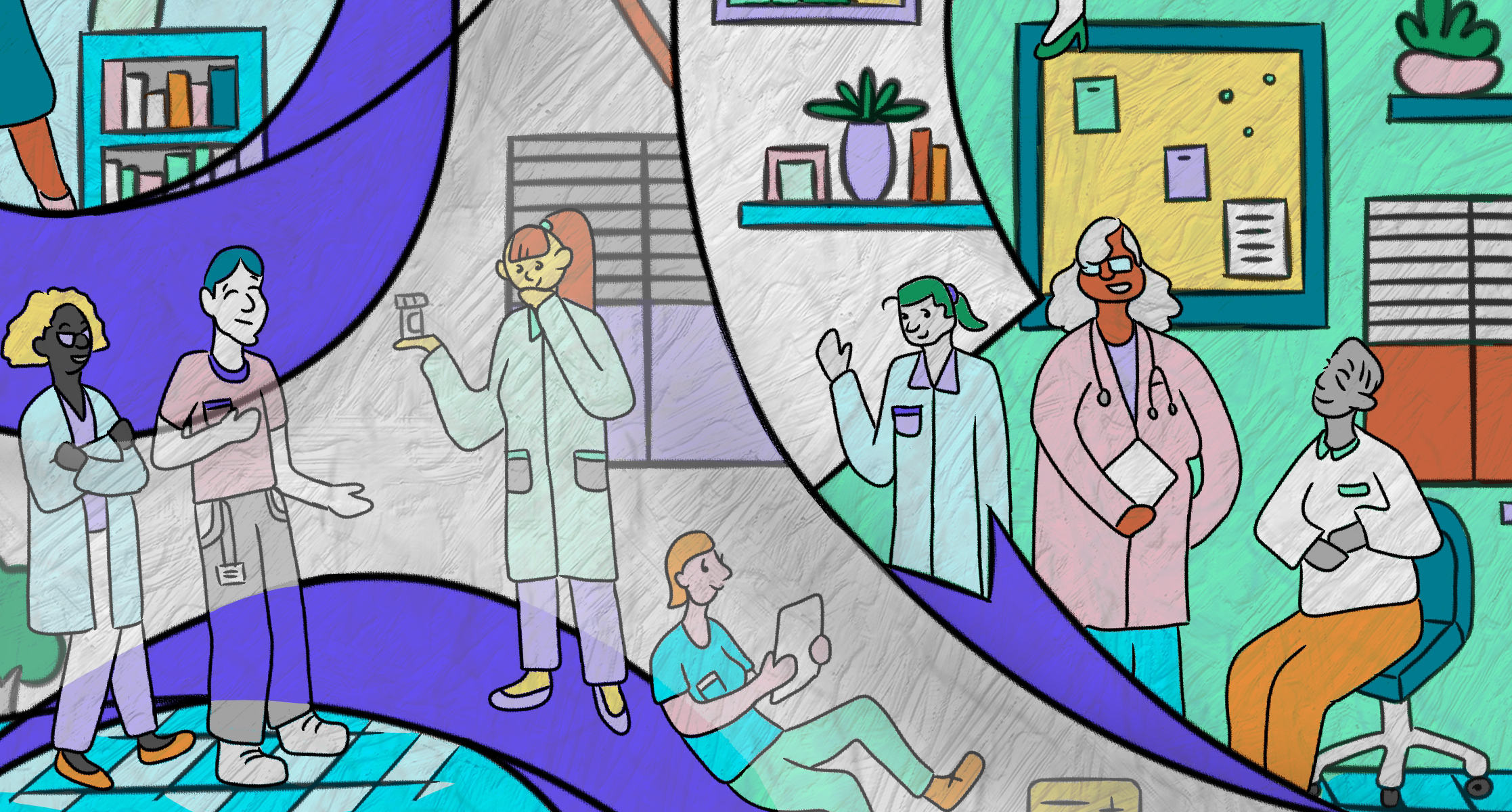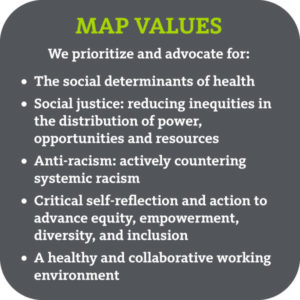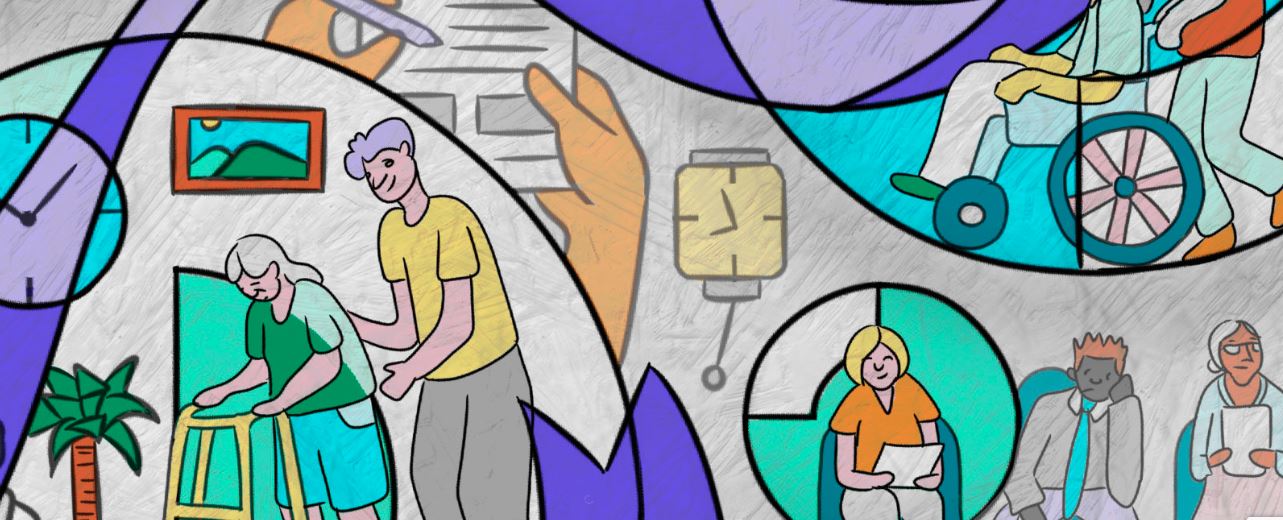A survey of Toronto family physicians found that almost 20 per cent are considering closing their practice in the next five years.
The survey, led by St. Michael’s Hospital, a site of Unity Health Toronto, and published in Canadian Family Physician, surveyed more than 1,000 family physicians at the height of the province’s second wave of COVID-19. Nearly 450 doctors responded about their future practice intentions, with one in five stating they planned to close their practice in the next five years.
The findings come as Ontario patients struggle to secure primary care – recent data shows nearly 1.8 million Ontarians are without a family doctor. The survey builds on recently published research by the authors that found the number of Ontario’s family physicians who stopped working doubled during the first six months of the COVID-19 pandemic compared to previous years – accounting for more than 170,000 patients losing access to a primary care provider.
“It’s worrying that almost one in five family physicians who we surveyed in 2021 were thinking of closing their practice in the next five years. Family medicine is the front door of our health system and for too many people that front door has been closed. Our findings suggest things are only going to get worse,” says Dr. Tara Kiran, lead author of the study and a scientist at the MAP Centre for Urban Health Solutions at St. Michael’s Hospital.
The survey, delivered by email, phone and fax, shows the mean practice size of each family physician was 1,215 patients. More than 75 doctors answered that they planned to close their practice in the next five years, meaning over 93,550 patients in Toronto could lose access to a primary care provider. The study notes that in 2015/16, Toronto had approximately 3,500 primary care physicians. Extrapolating the survey findings to the broader group of Toronto’s family physicians means more than 600 family doctors who care for upwards of 730,000 patients could close their practice in the next five years.


